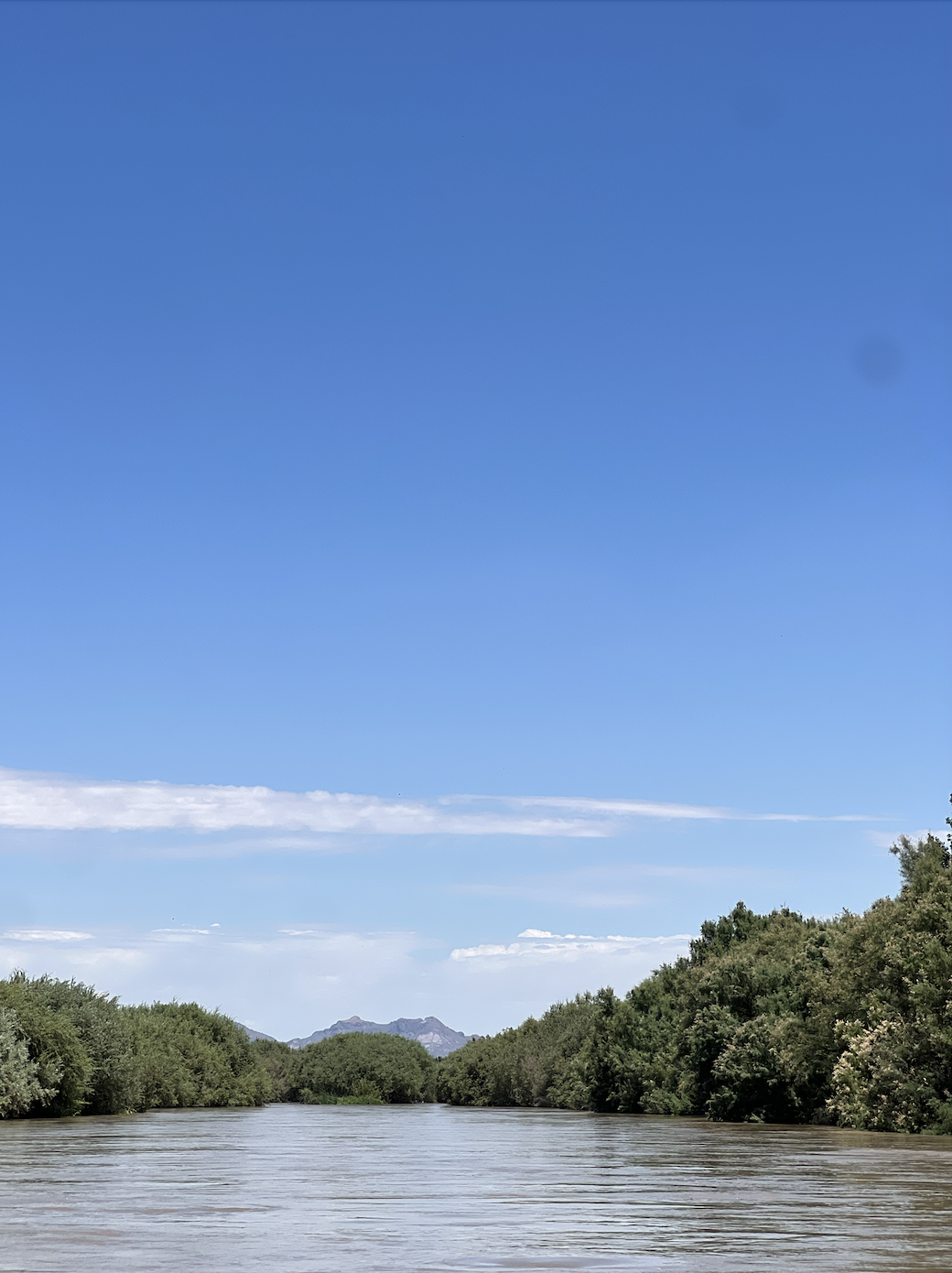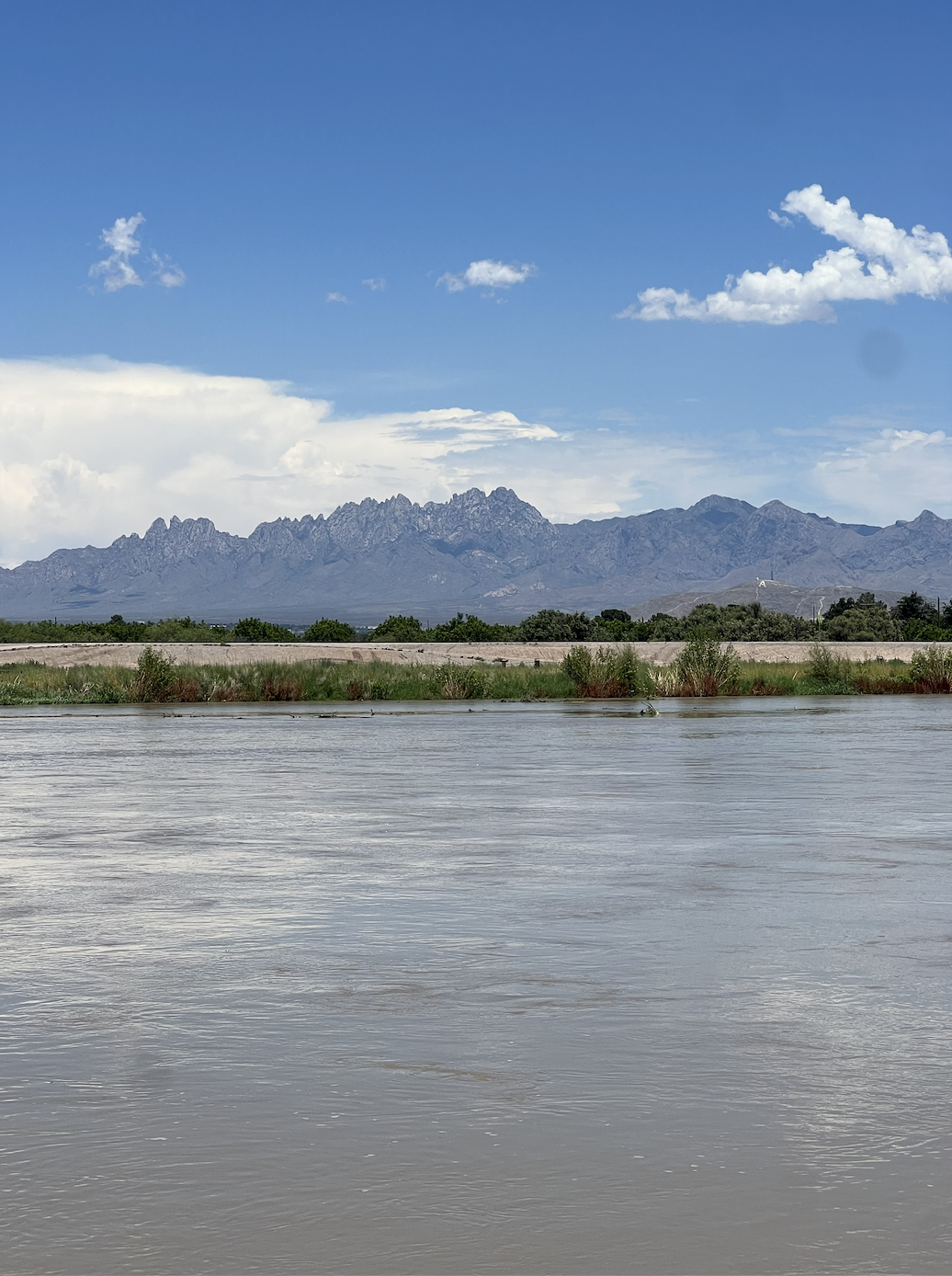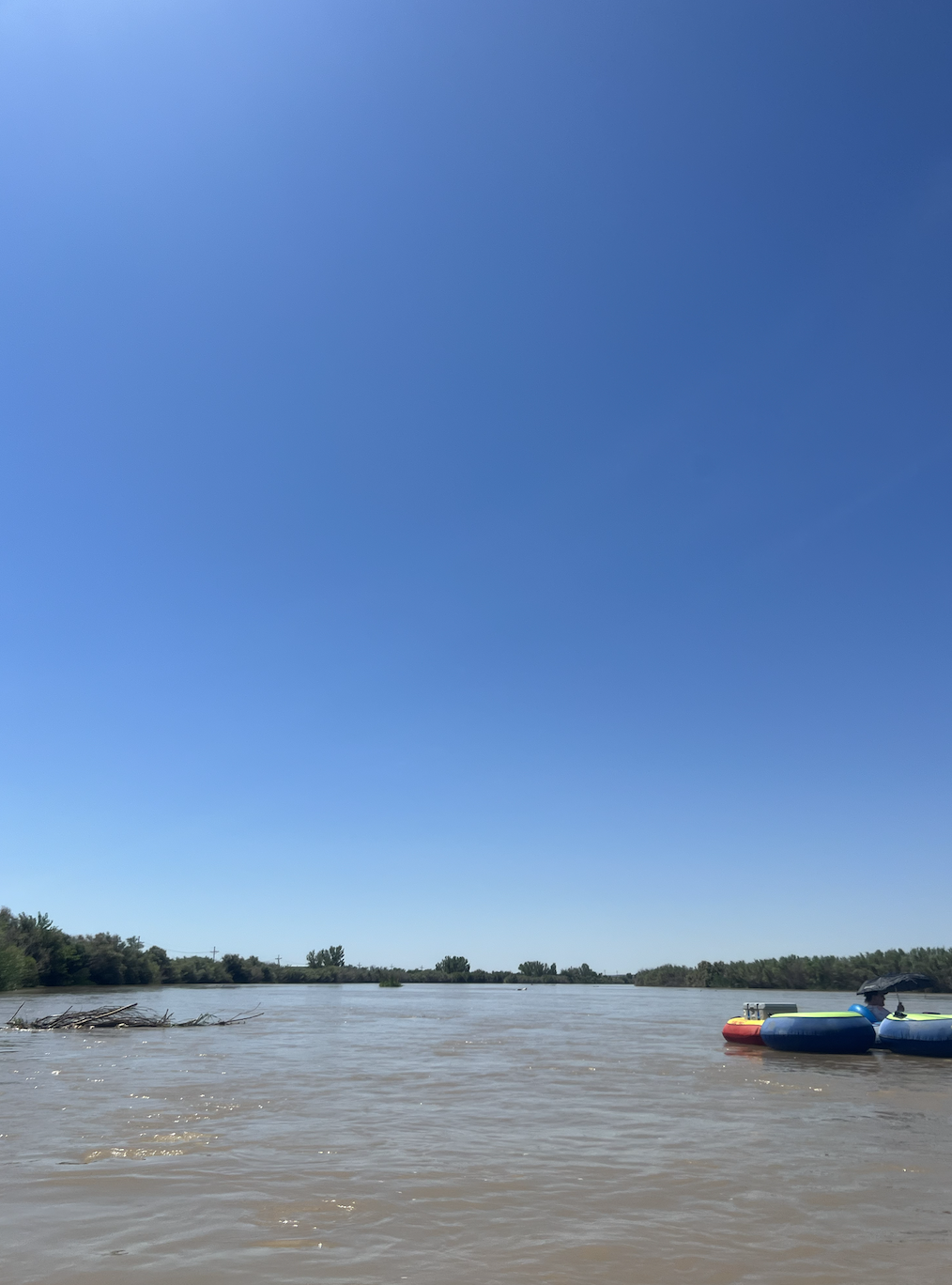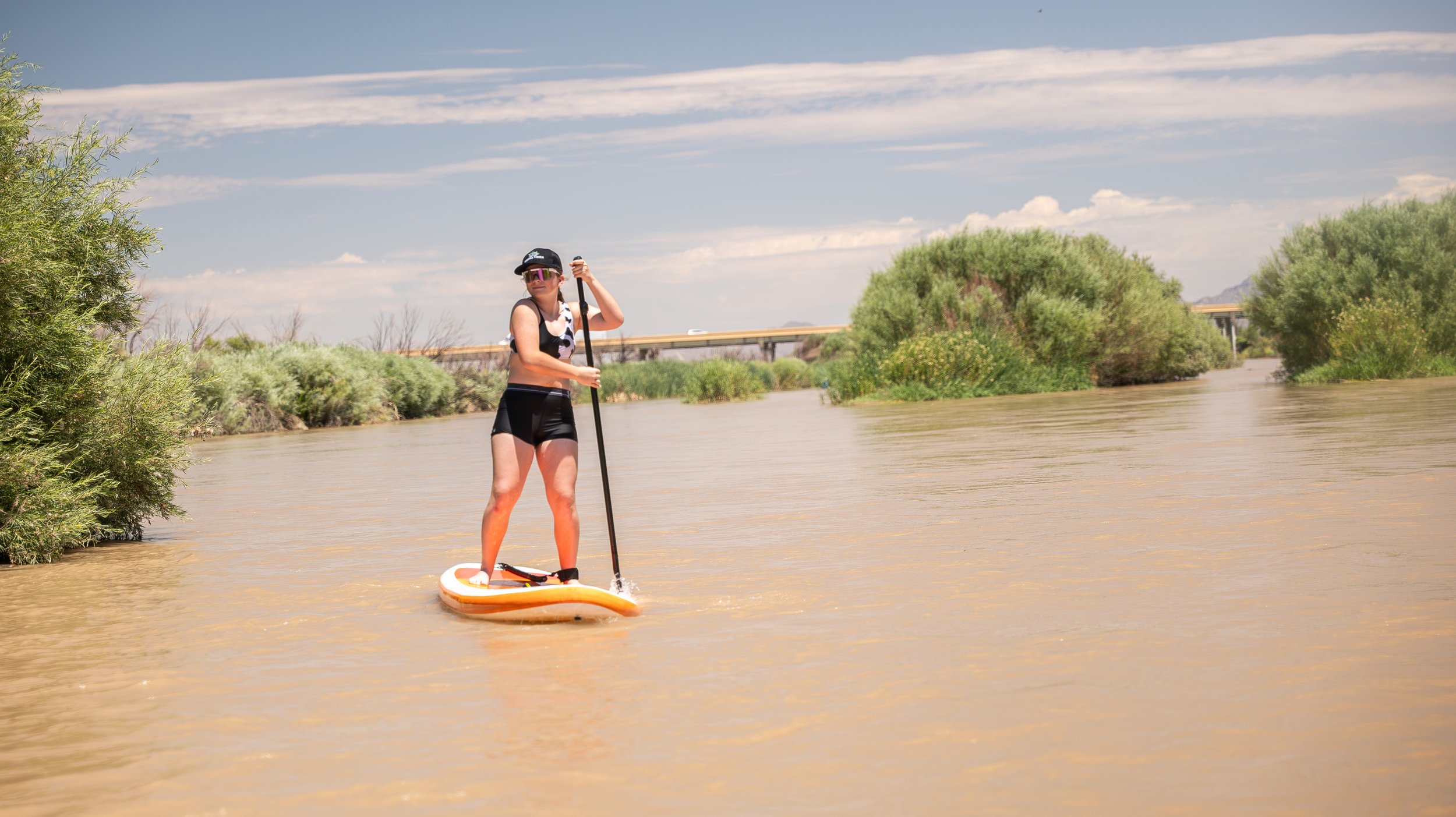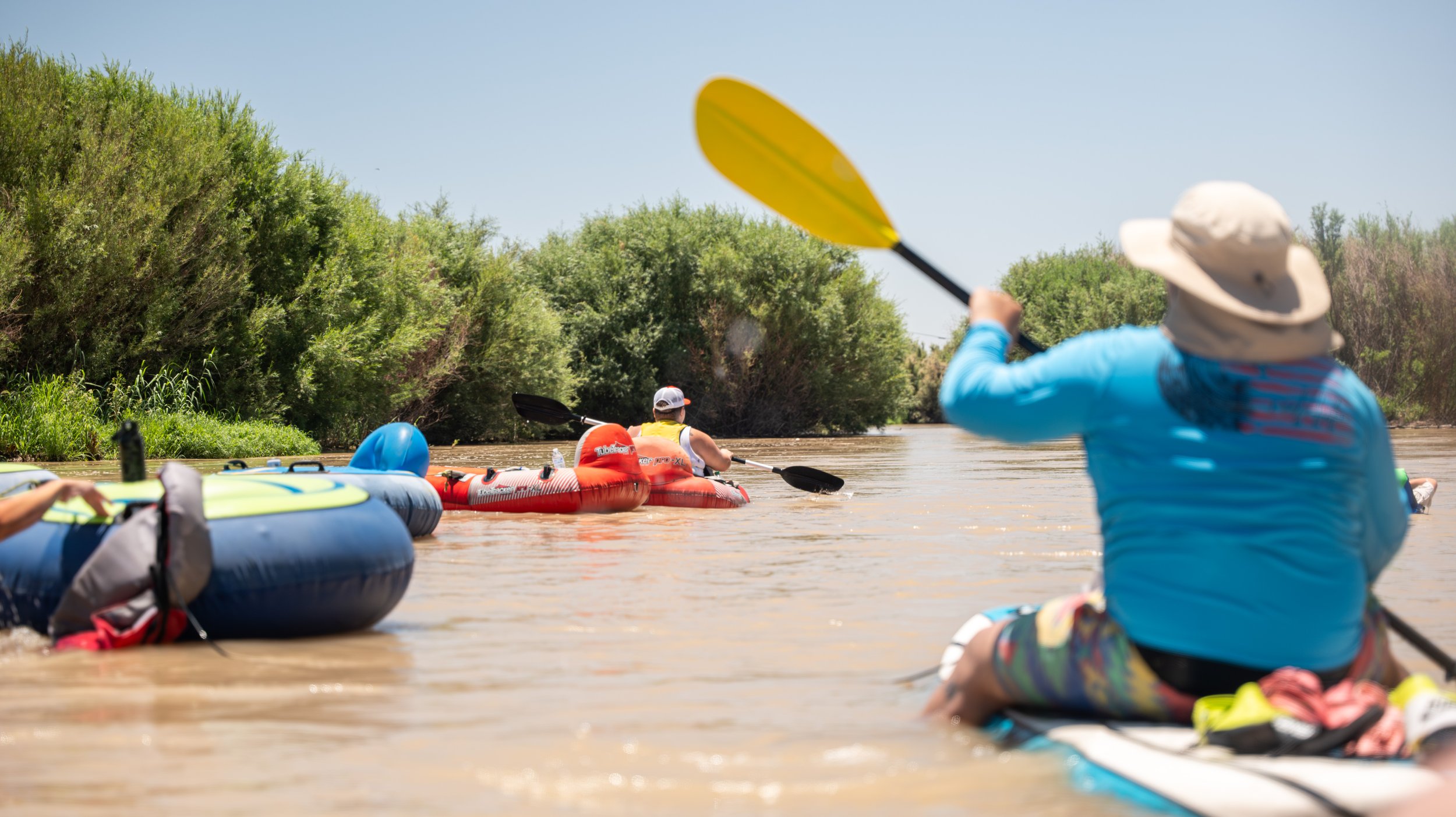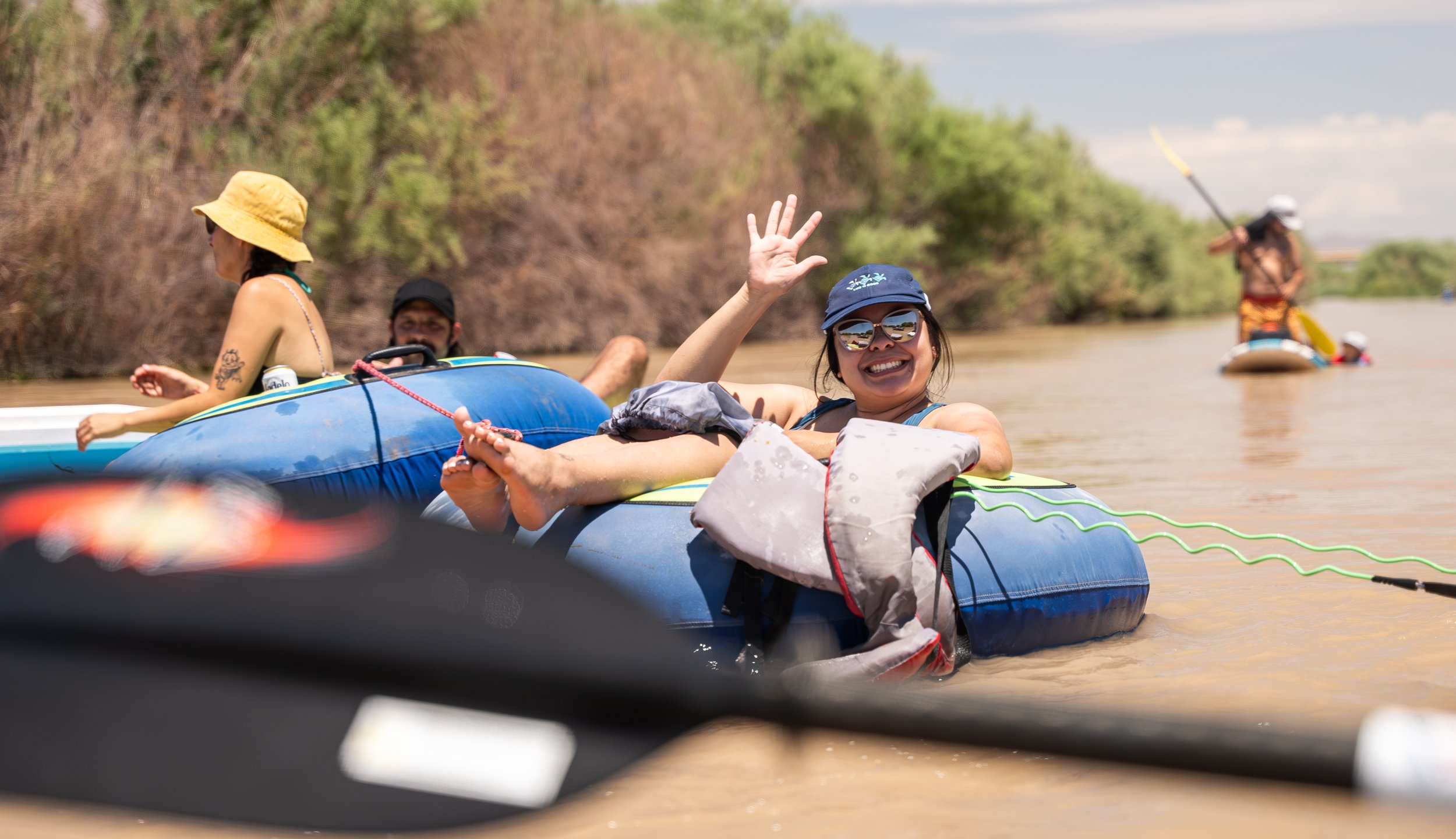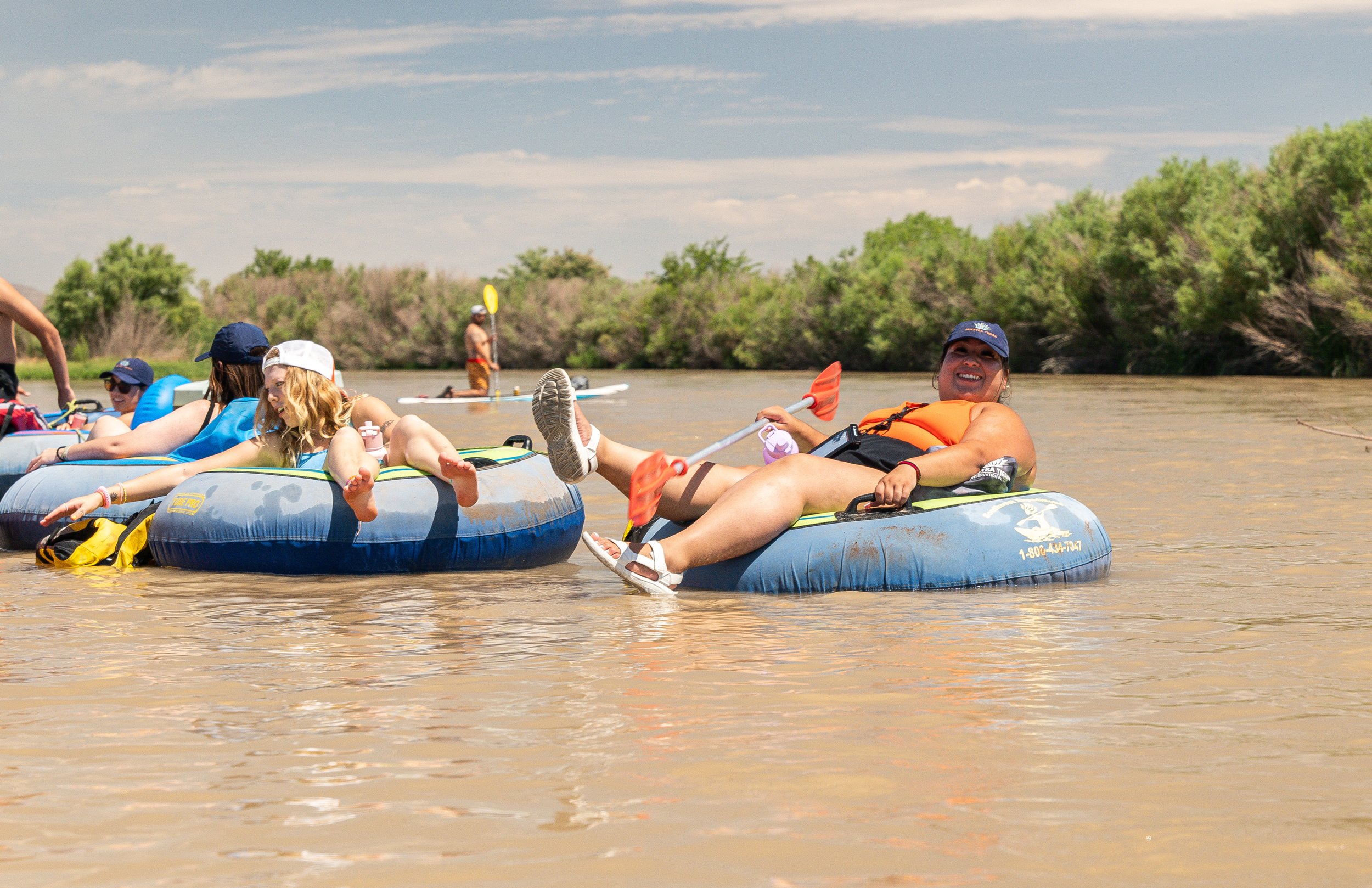
New Mexico is a state with abundant natural resources: the most integral, while also scarce, is our water. Water brings life to a sleeping desert, as migratory birds flock and landscapes turn green when the Río Grande runs. It irrigates crops and provides drinking water for New Mexico’s communities, as well as opportunities for recreation, experiential learning and connectivity with nature. Those of us who grew up in NM remember when the Río’s waters once flowed year-round throughout the state; however, due to drought, a warming climate, and an increase in consumptive uses by extractive industries, the river remains dry for the majority of the year in Las Cruces - depriving the community of these integral experiences regularly and leaving the landscape asleep until water arrives.
Water is a finite resource, and while the State of NM has elevated the seriousness of our water issues, we need to take immediate action. NM is enjoying a budget surplus and this should be a green-light to spur long-term planning to help our communities survive and thrive. Water issues affect every New Mexican, yet without making this a top priority, the long term effects will be costly and more devastating.
To kick off Latino Conservation Week, cultivate community and celebrate the flowing waters of the Rio, Nuestra Tierra Conservation Project, in partnership with New Mexico Wildlife Federation (NMWF) and Hispanics Enjoying Camping, Hunting, and the Outdoors (HECHO), hosted a community floating event down the Río Grande. We had dozens of community members from all over New Mexico, West Texas, and even from Colorado, travel down to Las Cruces to take advantage of our prized resource, create shared memories, eat good food, and practice the long tradition of enjoying our flowing River.
When water arrives in Southern New Mexico, communities flock to its banks with the ample amenities and recreational opportunities only available for those few short months the river runs. Families gather to celebrate life events and hold bonfires along the riverside, kids float the waters alongside their friends, and the city becomes green with vegetation fed by groundwater stemming from the Río.
Agua es vida for the communities of Southern New Mexico and as water supplies continue to diminish in these ever changing growing seasons, it is essential that New Mexico’s water is preserved for all.
In making decisions about the future of water resources in the state of New Mexico, we must consider and prioritize the needs, experiences, and lives of Southern New Mexico communities, starting now.

